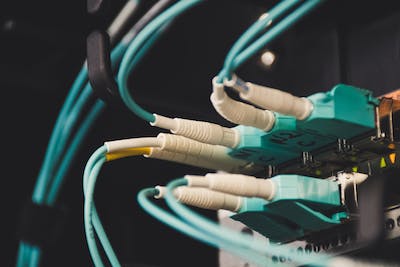Using American servers to prevent intrusion software and resist DDOS attacks has certain advantages, because the United States, as a developed country with network infrastructure, has multiple data centers and cloud service providers, has more advanced security performance, professional DDOS protection services, high bandwidth connections, etc. Of course, intrusion software and DDOS attacks are from a global scope, so when developing DDOS defense and anti-intrusion software strategy, you should consider multiple levels of defense, the key functions of the US server anti-intrusion software are as follows!
Intrusion Detection System (IDS) :
Real-time monitoring: Detects abnormal behavior and security events on the server and alerts them in real time.
Behavioral analysis: Analyzing the behavior patterns of users and systems to identify potential threats.
Intrusion Prevention System (IPS) :
Active block: Based on the intrusion detection result, the NGFW takes active block measures to prevent malicious traffic from entering the server.
Countermeasures: Take proactive countermeasures against intrusion attempts, such as blocking IP addresses and disconnecting connections.

Log and audit functions:
Event records: Records all system events and security-related logs for subsequent analysis.
Audit: Conduct regular audits of the system to ensure compliance and detect potential risks.
Enhanced access control:
Authentication: Force user authentication, using strong passwords and multi-factor authentication.
Access: Limits the user's access to only the necessary operations.
Vulnerability Management:
Vulnerability Scanning: Periodically scan the server for potential vulnerabilities and security weaknesses.
Vulnerability repair: Timely repair of discovered vulnerabilities to ensure that server software and systems are up to date and secure.
Key features to protect against DDoS attacks:
Flow filtering and cleaning:
DDoS detection: Monitor network traffic in real time to identify signs of DDoS attacks.
Traffic cleaning: identifies and filters malicious traffic to ensure that legitimate traffic can be accessed.
Load balancing:
Traffic distribution: Distribute traffic to multiple servers to prevent overload on a single server.
Resource optimization: Improve the scalability of the server to ensure that the service can be kept available even under heavy traffic.
Content Delivery Network (CDN) :
Distribute static resources: Use a CDN to distribute static content, reducing server pressure.
Caching mechanism: Use the CDN's caching mechanism to reduce the number of requests to the server.
Network Bandwidth Management:
Traffic Adjustment: Adjust the network bandwidth as required.
Limit connections: Set limits on the connection rate and number of connections.
Black hole routing:
Malicious traffic isolation: The attack traffic is directed to a black hole to isolate and stop the processing of malicious traffic.
Real-time monitoring and alarm:
Attack detection: Monitors network traffic and server performance in real time and detects anomalies in time.
Automatic alarm: Set up an automatic alarm system to respond quickly to DDoS attacks.
Cloud Protection Services:
DDoS Protection Cloud service: Use the DDoS protection service of the cloud service provider to direct traffic to the cloud for processing.
Distributed architecture:
Distributed server: The distributed architecture enables servers to carry traffic in a distributed manner, improving the ability to resist DDoS attacks.
Combined, these features can build a robust server security architecture that protects U.S. servers from intrusions and DDoS attacks. Security products of different vendors may provide different features. The specific selection must be based on actual requirements and budget.






